Beneath the surface of southeastern Turkey, a sprawling underground city—potentially the largest in the country—has been unearthed, revealing a labyrinth of caves that one historian believes dates back to the ninth century BCE.
Discovered almost accidentally during the excavation of house cellars in Midyat, near the Syrian border, this subterranean city has captivated archaeologists since its discovery in 2020. So far, more than 50 rooms have been uncovered, all connected by 120 meters (131 yards) of tunnel hewn from rock.
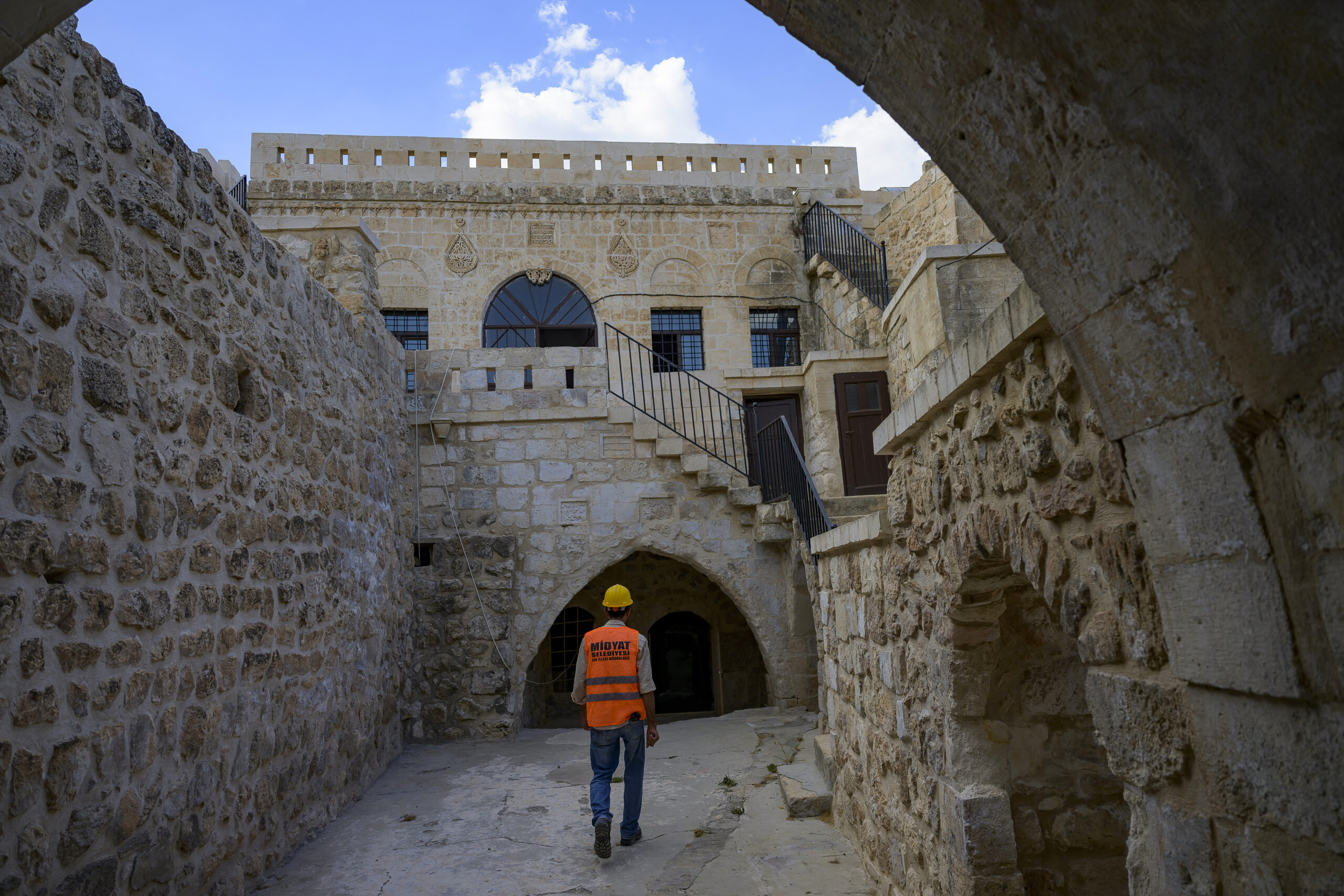
However, this is only a small portion of the site, which is estimated to cover 900,000 square meters, potentially making it the largest underground city in Turkey’s southern Anatolia region and possibly the world.
“To protect themselves from the climate, enemies, predators, and diseases, people took refuge in these caves, which they turned into an actual city,” explained Mervan Yavuz, Midyat’s conservation director, who has overseen the excavation.
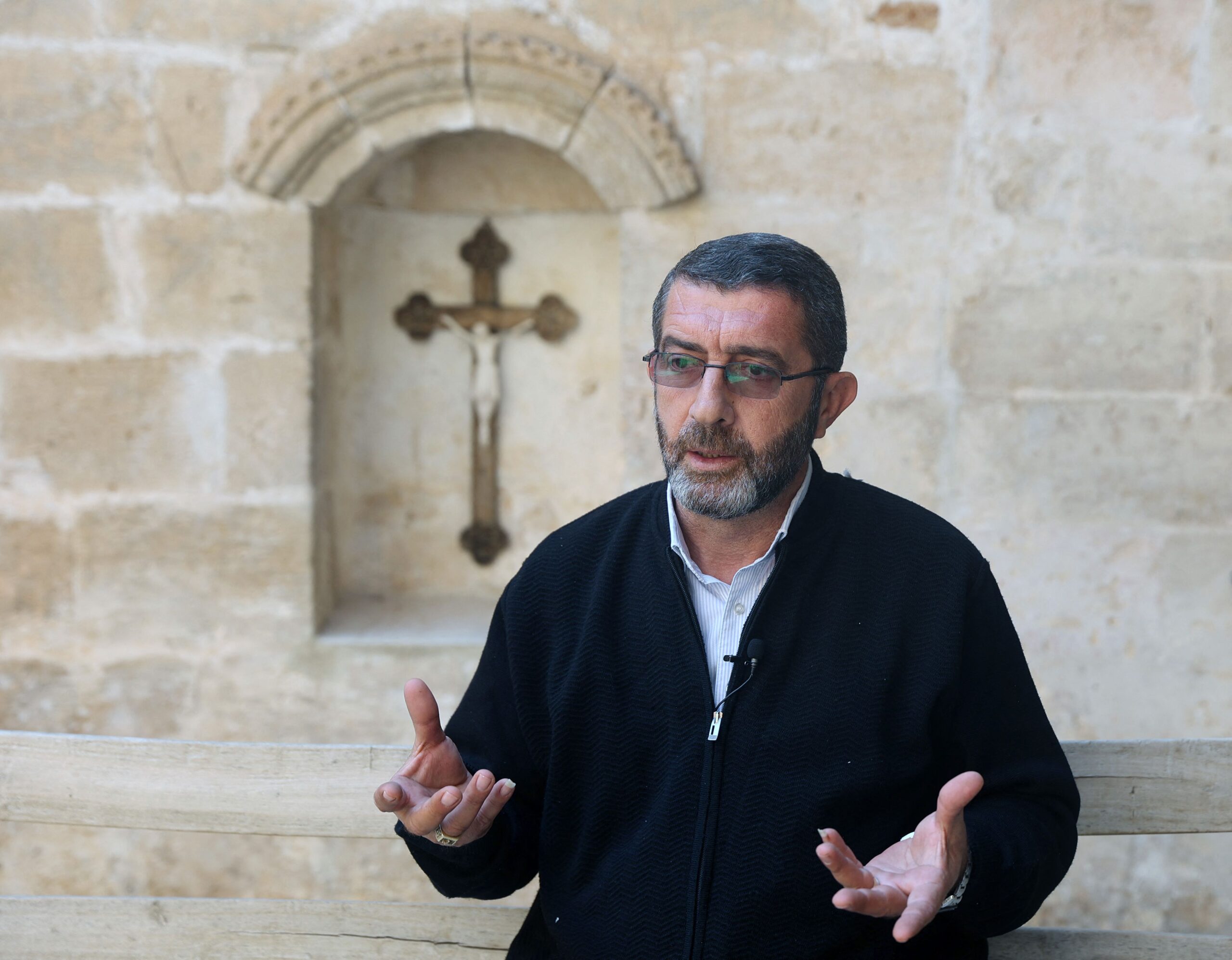
Yavuz traces the city’s origins to the reign of King Ashurnasirpal II, who ruled the Neo-Assyrian Empire from 883 to 859 BCE. At its zenith in the seventh century BCE, the empire spanned from the Persian Gulf to Egypt. Known as Matiate during this period, the city’s original entrance required people to bend and squeeze through a circular opening, hinting at the complex and secretive nature of the underground world beneath Midyat.
“We actually suspected that it existed,” Yavuz shared. “In the 1970s, the ground collapsed, and a construction machine fell down. But at the time, we didn’t try to find out more; we just strengthened and closed up the hole.”
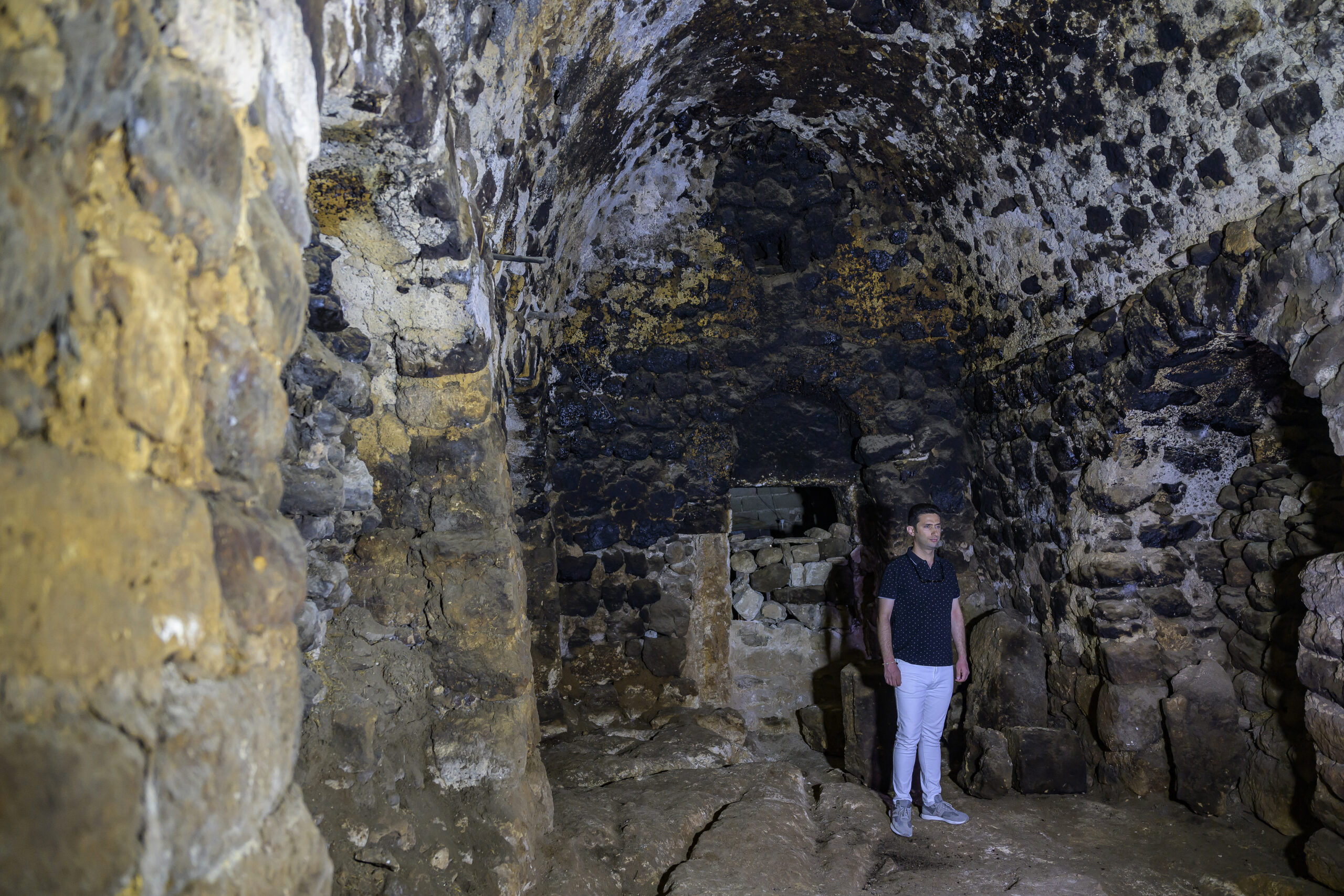
The cave city lies in the historical region of Mesopotamia, the cradle of early civilizations. Throughout history, various empires—Assyrian, Persian, Roman, and Byzantine—contested these lands, driving the inhabitants of Matiate to seek refuge underground.
Ekrem Akman, a historian at the nearby University of Mardin, noted that before the Arabs arrived, these lands experienced fierce conflicts among the Assyrians, Persians, Romans, and Byzantines. Yavuz added that Christians fleeing Roman persecution built monasteries in the mountains to avoid attacks, suggesting that Jews and Christians might have used Matiate to secretly practice their religions.
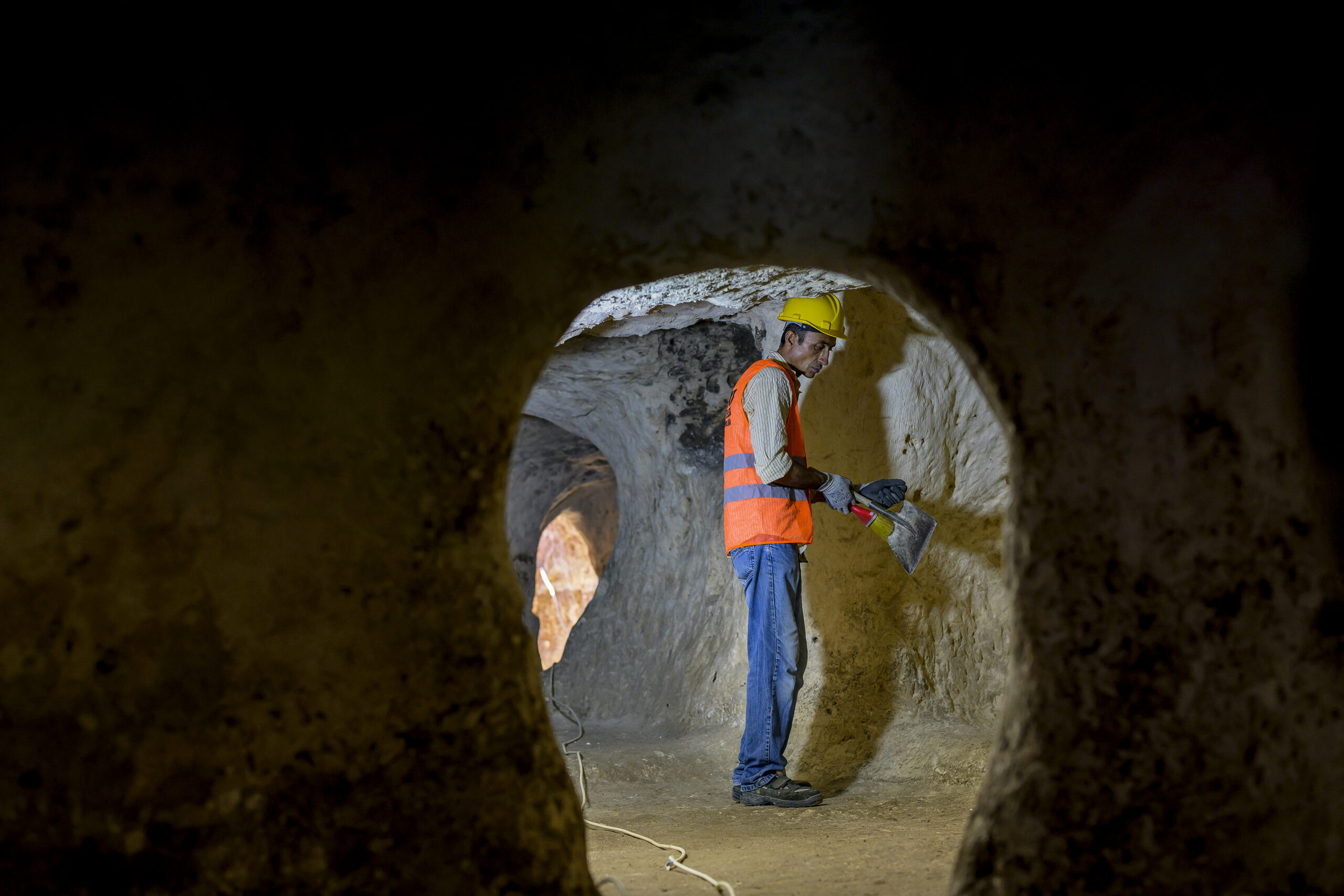
Intricate carvings—depicting a horse, an eight-point star, a hand, and trees—adorn the cave walls, while a stone slab on the floor of one room may have been used for celebrations or sacrifices. The continuous occupation of the site by different groups over centuries makes it challenging to attribute specific artifacts to particular periods or communities.
“Pagans, Jews, Christians, Muslims—all these believers contributed to the underground city of Matiate,” Yavuz said.
Despite the end of centuries of invasions, the caves continued to serve various purposes. Gani Tarkan, a curator and former director at the Mardin Museum, where artifacts from the caves are displayed, explained that the caves were used as living spaces, catacombs, and storage areas.
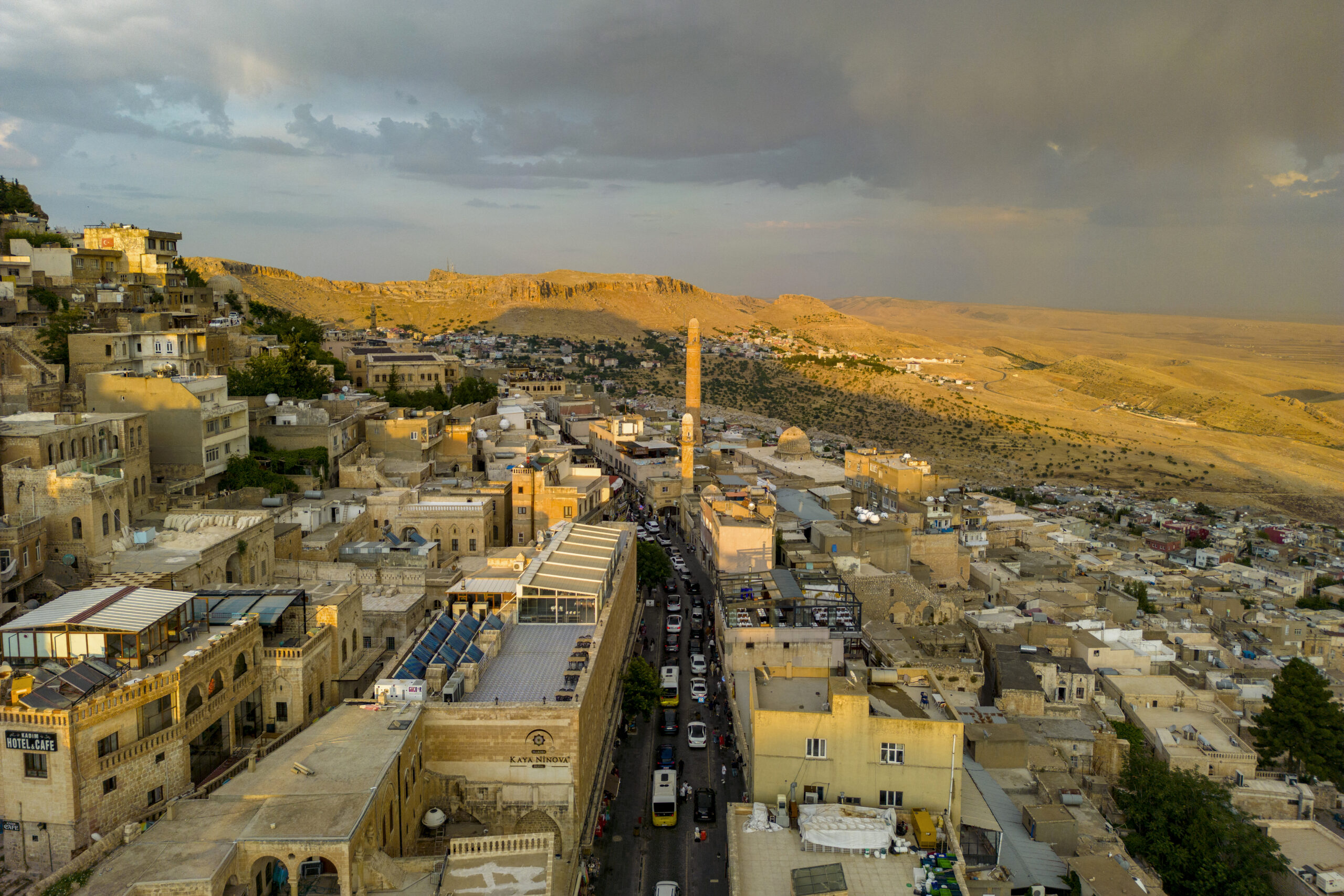
“People continued to use this place as a living space,” Tarkan said, highlighting the round holes dug to hold wine-filled amphorae vessels in the cool, dark environment. To this day, the Mardin region’s Orthodox Christian community maintains the tradition of wine production.
Unlike the vertically stacked underground cities of Cappadocia in central Turkey, Matiate’s caves spread horizontally. The ongoing excavation, funded by the Midyat municipality, aims to eventually open the site to the public, transforming it into a major tourist attraction for the city of 120,000 residents.
As the excavation continues, the ancient secrets of Matiate gradually come to light, revealing a rich history of refuge, survival, and cultural diversity beneath the surface of Midyat.

